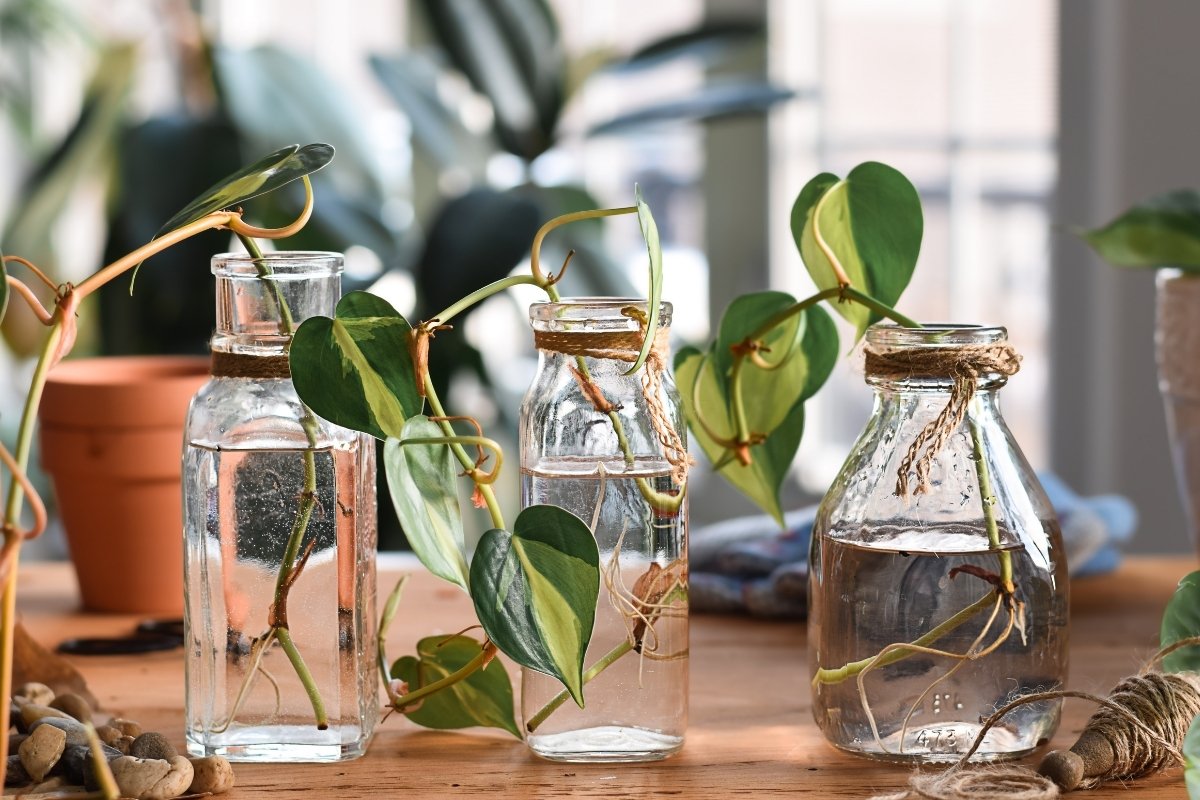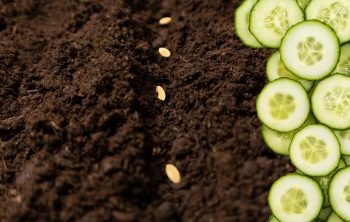How to propagate philodendron can be as easy as snapping off a few stems or roots. It’s pretty easy to propagate philodendron plants and in no time you should already have new plants and expand your collections. You can even share with friends so they can also grow their philodendron.
Philodendron is a popular classic houseplant that is known for its amazing looks. This is why the houseplant is used in different indoor spaces such as homes and offices.
Philodendron comes in different species and cultivars that come in various sizes, shapes, and colors. This lovely houseplant doesn’t really require tedious maintenance and they can even grow in harsh conditions.
Apart from its aesthetic feature, philodendron also serves as a purifier as they have been shown to be effective in reducing air pollution.
So, with these different great features, the philodendron plant offers, it is only logical for anyone to keep having more of this beneficial plant. Propagation is a good way of expanding your philodendron collections and the plant is easy to propagate. How to propagate philodendron is what we will be discussing here, so let’s begin.
How To Propagate Philodendron
Growing more of the stunning philodendron doesn’t have to cost so much or even take much of your time. They are pretty easy to propagate through stem cutting and you can enjoy more philodendron plants in your collections.
1. Propagation From Stem Cuttings Or Tip Cuttings
An easy way to root philodendron is from stem cuttings or root cuttings and this can be done either in a small container of potting
- To propagate philodendron with stem cutting, cut out a stem and cut it into many 2 to 3 inches portions. Ensure each portion has at least two nodes.
- Then to propagate philodendron using stem cuttings, simply cut the tip of the vine of the stem. Cut it in a way that the new at the tips are still present and at least one node on the stem is also present.
So, if you would like to root your cuttings in water, insert the cuttings in a vase with water and ensure at least one node is under the surface of the water. Then put this set up in a spot that is warm so it can root.
Alternatively, you can sip the basal end of the cutting into a rooting hormone and then dip it into a damp potting medium. Ensure at least a node is under the surface of the medium. Now cover the pots using plastic then put the set up in a spot with indirect bright light.
To achieve optimal root formation, your
Read more about Is a Mushroom a Producer or What Can It Be Called?
2. Propagation By Dividing Philodendron
Another propagation method for philodendrons is by dividing a philodendron that is overgrown or matured. This can be achieved usually because each section already has an established root system. Therefore, it is easy for new growth to emerge faster.
So, to begin the process of dividing the matured philodendron, simply water the plant so it can get good moisture. We recommend you loosen the
When you do the above, it tends to make things easier and your philodendron can get adequate moisture in order to survive the stress of transplanting.
rePotme Houseplant and Tropical Classic Potting Soil Mix – Mini Bag
Go further and take out the plant from the container and pull the roots gently into two or more sections. Ensure each section contains at least one shoot.
Then repot the main plant you have in the original container. Then go further and make plans for the divided sets you’ve set aside and plant them in a new potting
Check Out How To Harvest Kale So It Keeps Growing
3. Air Layering – How To Propagate Philodendron
Once you notice your philodendron drooping, these types are good options for air layering. Choose one section of the stem then take out the leaves 3 to 4 inches above and below the leaf node.
With the help of a blunt knife that has been sterilized, cut half-inch slit in the stem of the plant. Aim to angle the cut upwards so that it gets to the center of the stem. However, the stem shouldn’t be cut off.
By placing a toothpick into the slit, it ensures the slit is held open and the ends stick out on either side of the stem. Doing this will prevent the wound from healing. You should also brush the cut with rooting hormone just to encourage better root formation.
Using a plastic wrap to cover the cut, the cut should also be wrapped with a big handful of long-grain sphagnum peat moss. Further secure the plastic and peat moss in place using tape, string, or foil.
So, look closely for new root formations inside the plastic. Then the new plant should be cut out from the main stem when the bag is filled with new roots. Now plant the resulting new plant in the

Conclusion On How To Propagate Philodendron
Philodendron been an amazing and stunning plant can have growers longing to have more of this plant in their garden. So, propagation is one way to multiply the number of philodendron plants you have.
How to propagate philodendron can be an easy thing for you if you’re properly enlightened on how to go about this. We have outlined 3 insightful ways on how you can go about propagating the amazing philodendron plant.
FAQ’s
What is the name of the purple perennial?
One lovely classically beautiful perennial is regarded as garden phlox and it has these purple varieties of phlox such as flame blue or blue paradise.
What is the longest blooming perennial?
There are many long blooming perennials and some top the leading ones are Moonbeam tickseed, Russian Sage, Autumn Joy Stonecrop, Coneflowers, and so on.
What is the hardiest perennial flower?
Examples of some of the most hardiest perennial flowers include Clematis, Black-eyed Susans, Peony, and Daylily.
What are the tall weeds with purple flowers called?
The tall weeds with purple flowers are known as henbit and it is a winter annual weed that usually shows up every year.

Eunice is an enthusiastic gardener with a passion for growing beautiful flowers. She loves nothing more than spending time in her garden, tending to her plants and enjoying the outdoors. Eunice has been gardening for over 15 years and has developed a unique style of landscaping that is both practical and aesthetically pleasing. She is especially fond of growing roses and enjoys experimenting with different varieties and colors. Eunice takes great pride in her garden and often shares the fruits of her labor with friends and family. In her spare time, she enjoys reading gardening magazines and attending local horticulture events. Eunice is passionate about her hobby and is always eager to share her knowledge and experience with others.





